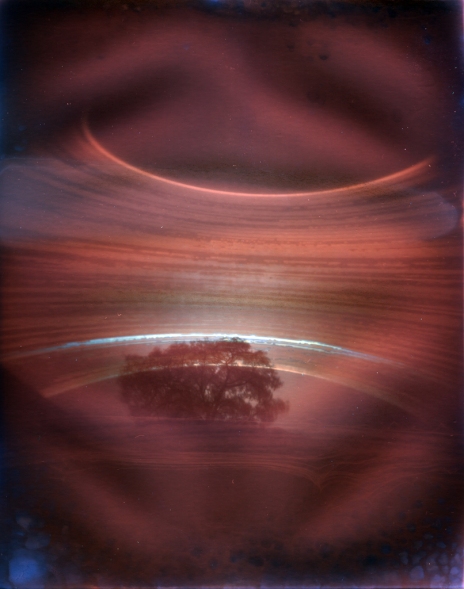Last February 15th was the 450 aniversary of the bird of Galileo Galilei (15 February 1564 – 8 January 1642). As everbody knows Galileo was an Italian physicist, mathematician, astronomer and philospher. In other words, he was a Renaissance scientist who played a major role in the scientific revolution. Galileo’s championing of heliocentrism was controversial within his lifetime; he was investigated by the Roman Inquisition, which concluded that heliocentrism was false and contrary to scripture, placing works advocating the Copernican system on the index of banned books and forbidding Galileo from advocating heliocentrism. He was tried by the Holy Office, then found “vehemently suspect of heresy”, was forced to recant, and spent the rest of his life under house arrest. His achievements include improvements to the telescope and consequent astronomical observations and support for Copernicanism.
Nicolaus Copernicus (19 February 1473 – 24 May 1543) was also a Renaissance mathematician and astronomer who formulated Heliocentrism, a scientific model of the universe which placed the Sun, rather than the Earth, at the center. The publication of Copernicus’ book, De revolutionibus orbium coelestium (On the Revolutions of the Celestial Spheres), just before his death in 1543, is considered a major event in the history of science. It began the “Copernican Revolution” that resolved the issue of planetary retrograde motion by arguing that such motion was only perceived and apparent, rather than real…
The solar system has the Sun in its center with all the planets spining in eliptical orbits around it. The Earth’s orbit is the motion of the Earth around the Sun, from an average distance of 149.59787 million kilometers away. A complete orbit of the Earth around the Sun occurs every 365.2563666 mean solar days (1 sidereal year). This motion gives an apparent movement of the Sun with respect to the stars at a rate of about 1°/day eastward, as seen from Earth. On average it takes 24 hours—a solar day—for Earth to complete a full rotation about its axis relative to the Sun so that the Sun returns to the meridian. The orbital speed of the Earth around the Sun averages about 30 km/s (108,000 km/h). Assuming Earth’s orbit around the sun to be circular, the “journey” of the Earth in one year is roughly 940 million kilometers (585 million miles).
Some years ago I read the book “The Sleepwalkers: A History of Man’s Changing Vision of the Universe.” by Arthur Koestler, an interesting informative approach to the history of Astronomy. In the book, the author stated that the highly technical “De Revolutionibus” was ignored by 16th-century readers.
More recently, it came to my eyes an incredible “journey” of more than 30 years carried out by Owen Gingerich, a former Research Professor of Astronomy and of the History of Science at Harvard University, and a senior astronomer emeritus at the Smithsonian Astrophysical Observatory. He spent more than 30 years of his life hunting down every known surviving copy of Nicolaus Copernicus’s 1543 opus, “De revolutionibus” [see http://www.boston.com/news/education/higher/articles/2004/04/13/book_quest_took_him_around_the_globe/]
His journey began as “a smallish project” to prove whether Copernicus’s work was or wasn’t read. Gingerich tracked who first owned each book, deciphered notes that studious readers – including Galileo Galilei – had penned in the margins, and plotted each book’s travels to form a picture of what the scientific network of the day looked like. His exhaustive research proved beyond question that “De Revolutionibus” was, indeed, a hard book to put down.
Needless to say that I have ordered Gingerich book and I am eager to read it!
 As most of the formers contributors to this “Journey of a Photograph” when I received the parcel and look at the picture inside it, I thought of a journey in a train. The trees in that picture inspired me and, after harvesting several drink cans converted to pinhole cams to register solargraphs during a holiday trip to my homeland in Asturias (North coast of Spain) I was lucky enough as to have manage to point in the right direction.
As most of the formers contributors to this “Journey of a Photograph” when I received the parcel and look at the picture inside it, I thought of a journey in a train. The trees in that picture inspired me and, after harvesting several drink cans converted to pinhole cams to register solargraphs during a holiday trip to my homeland in Asturias (North coast of Spain) I was lucky enough as to have manage to point in the right direction.
In the solargraph you see a centenary oak covered by the sun trails from the 15th of August 2013 to the 7th of February 2014. When I opened the can I found some water inside wetting the sensible black and white paper. This is, most probably, the responsible of producing those blue spots in the bottom and the “peculiar” brownish color. After letting it dry in the dark, I scanned the image formed during those months to get (after minimum post process in PS) the image you see above.
Can you image the distance we all traverse in our lives without even noticing it? A long Journey based on “Revolutionibus”
